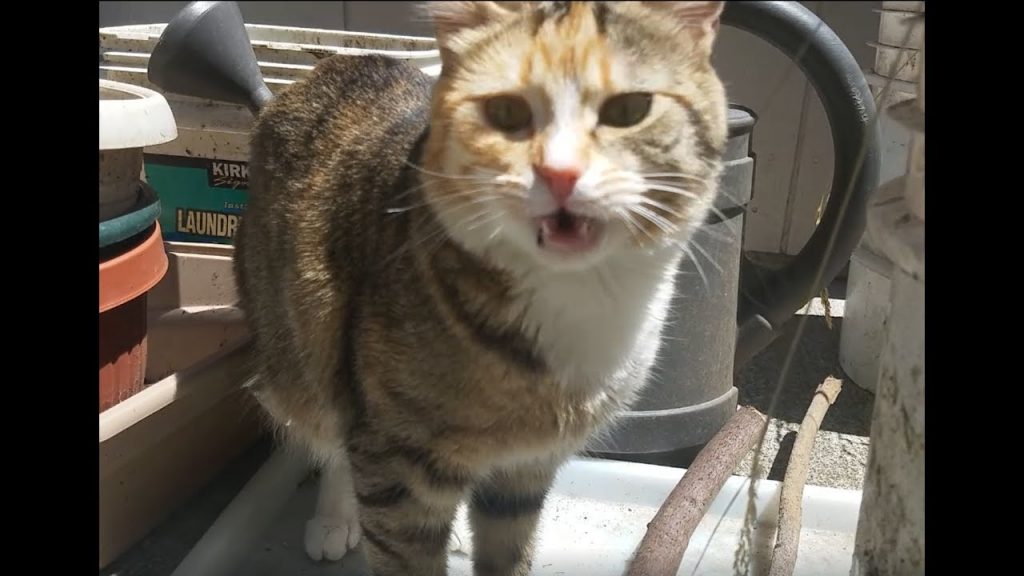If you ever notice your cat sneering or making a “stinky face,” that’s the flehmen response. Also called the flehmen reaction or flehmen grimace, the flehmen response is a behavioral response seen in cats (and other animals such as goats, tigers, and horses) that helps them process interesting smells, such as pheromones—chemical compounds secreted to help relay messages to other members of their species regarding territory, breeding, and identification.
Here’s everything to know about your cat’s “stinky face” and what it means.
What Is the Flehmen Response?
The flehmen response is a behavioral response to certain stimuli (usually odors) that allows an animal to better access the information carried through smell. It’s a voluntary response, meaning the animal deliberately exhibits the behavior (as opposed to involuntary responses, such as salivating in response to food or pupils dilating when anxious or stressed).
When a cat is enacting the flehmen response, they will typically hold their mouth open. This allows air to pass through their vomeronasal organ (also called the VNO or Jacobson’s organ).
The VNO is an accessory olfactory (meaning sense of smell) organ at the base of the nasal cavity. It’s used to process pheromones and hormones secreted by other animals, usually of the same species. By coming in direct contact with these scent molecules, the VNO can then process them as a sensation that has been described as a combination of taste and smell.
Most animals, including cats, that exhibit the flehmen response have an opening on the roof of their mouth, just behind their front teeth, that connects to a duct that transfers smell directly to the VNO.
It’s not just house cats who use the flehmen response. The behavior has also been observed in wild cats such as lions and tigers, along with other animals including horses, goats, and sheep.
What Does the Flehmen Response Look Like?
In cats, the flehmen response typically looks like your kitty is grimacing because of something stinky. The cat will typically curl their upper lip to expose their front teeth, hold their mouth open, and inhale. Sometimes, they will extend their neck or hold their head high in the air.
This pose is held for a short amount of time before the cat returns to a normal position; this pose can resemble panting, grimacing, or sneering.
Why Do Cats Open Their Mouth When They Smell?
In domestic cats, the flehmen response is used to process messages carried by interesting scents. In most cases, this is pheromones from other cats.
Although the flehmen response is most commonly used by male cats to assess a female’s readiness to mate by sniffing her urine, any cat can use the flehmen response as a reaction to a scent they find worthy of further investigation. Cats can display the flehmen response when they smell:
Urine
Dirty laundry
Anal gland secretions
Facial pheromones from other kitties
Any other odor that they find intriguing or new!
So while it might look like your cat is reacting to a bad smell, a cat’s flehmen response doesn’t mean your kitty smells something they think is gross! (So don’t get offended if your cat curls their lip after sniffing you.)

